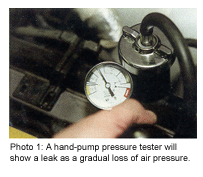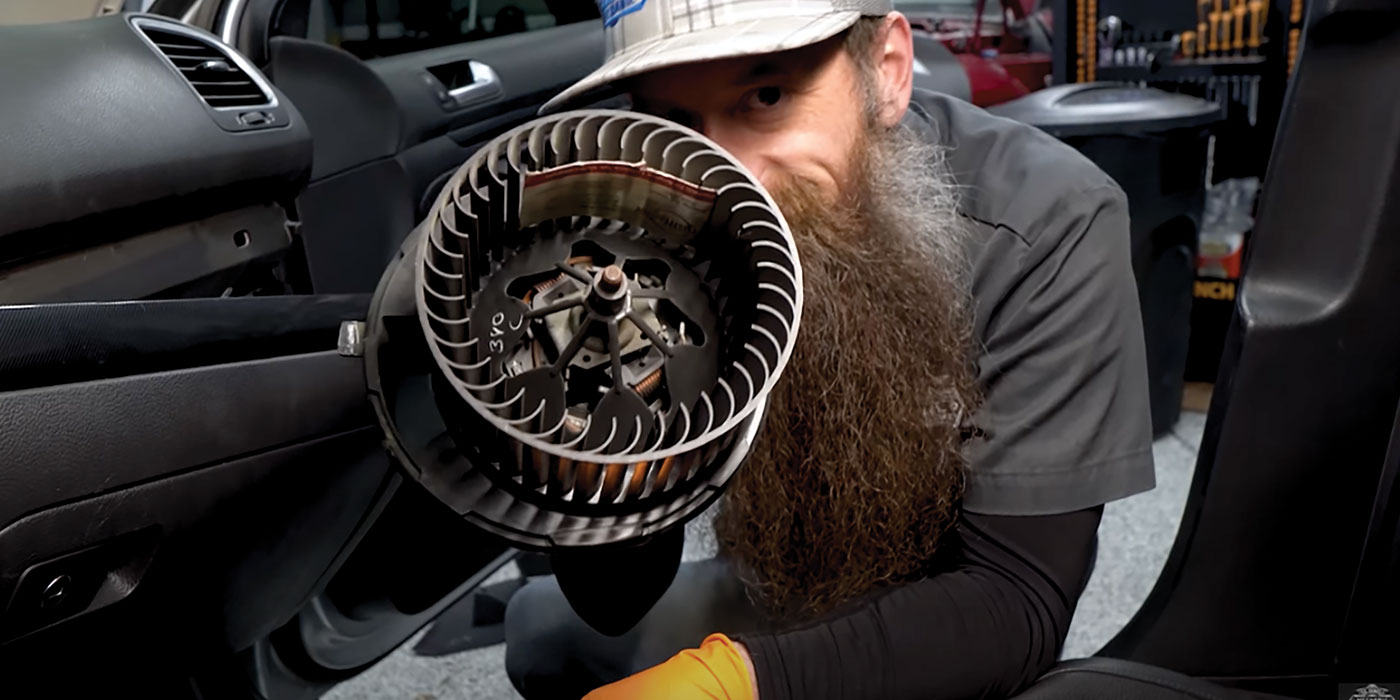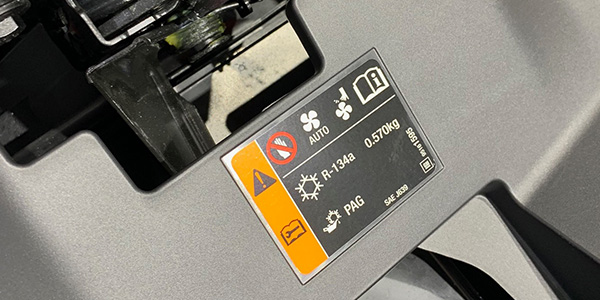Although radiators aren’t glamorous, high-tech replacement parts like wide-band oxygen sensors and Karman-Vortex air flow sensors, diagnosing and replacing them when they become defective is becoming a more important part of vehicle maintenance today. There are at least three reasons why radiators are becoming important maintenance items. First, late-model vehicles are now being driven well beyond the normal service life of most radiators. Second, radiators often must be removed to replace routine maintenance and failure items like timing belts and water pumps. Third, new radiators are becoming much more affordable than in year’s past because of better aftermarket availability and pricing structures.
Restriction Reasons
Because modern aluminum radiators often use a thin-tube design to dissipate heat more efficiently, they’re also more sensitive to internal and external clogging than the brass radiators of several decades ago. Since the radiator transfers heat between hot antifreeze and cool atmospheric air, it’s easy to understand that if either the coolant or air flow gradually becomes restricted, the radiator will begin to lose its heat-exchanging efficiency.
Electrolytic metal transfer caused by a depleted additive package in the old antifreeze mixture usually causes coolant restriction. Bimetallic engines made from aluminum and cast iron are more susceptible to electrolytic corrosion because different metals suspended in a solution tend to create a mild electric current that clogs radiator tubes. When worn-out additive packages allow corrosive ethylene glycol to attack the metals in the radiator, cylinder head and engine block, sediment forms and aggravates the already restricted radiator core tube condition.
External clogging and wear also causes a radiator to lose efficiency. Most external clogging is caused by airborne road debris such as bugs, dirt and airborne plant material. External wear, on the other hand, normally consists of the cooling fins becoming corroded and oxidized to the point that they actually fall from between the radiator tubes. In either of these events, the radiator’s heat-exchanging capacity is seriously reduced.
Diagnosing Poor Performance
A radiator might be in perfect condition, but still fail to perform if it doesn’t meet the auto manufacturer’s original specifications. To illustrate, cooling capacity is seriously reduced when a radiator with fewer cooling tubes or heat-radiating fins is installed. The radiator’s cooling capacity is also reduced if the fan system isn’t performing at rated speed or if, in the case of an SUV, accessories like spare tires are added to the front that may impede air flow.
It’s important to mention that a radiator must have the correct antifreeze and water mixture in order to function correctly. Most manufacturers recommend a 50/50 mix of antifreeze and coolant to provide optimum freeze protection and cooling capability. Too much water results in premature boilover. Too much antifreeze reduces the cooling capacity of the radiator. And, since not all brands of antifreeze are compatible with all cooling system materials, it’s important that manufacturers’ recommendations be followed as to the type of antifreeze being installed in the radiator.
Causes of Clogging
A thorough diagnosis begins with evaluating the symptoms of radiator clogging. The most obvious symptom is that the temperature gauge reading is higher than normal on hot days. It also will read higher when operating under prolonged loads or when the air conditioner is turned on. Continued overheating may also cause abnormal coolant consumption.
 Perhaps the best method of testing radiator efficiency is to measure coolant inlet and outlet temperatures when the cooling fans are activated. A typical measurement might show 200
Perhaps the best method of testing radiator efficiency is to measure coolant inlet and outlet temperatures when the cooling fans are activated. A typical measurement might show 200







